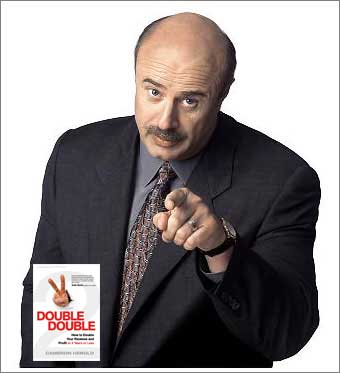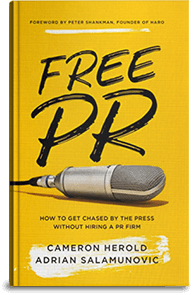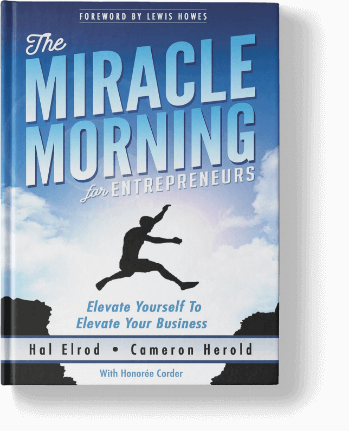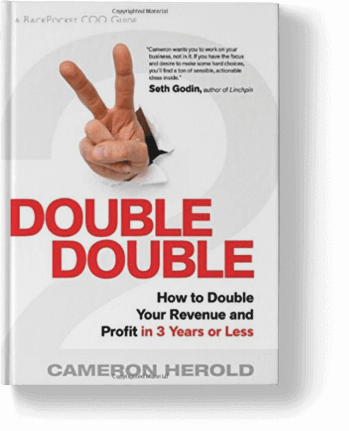 At 1-800-GOT-JUNK? we did a great job of making the Vivid Vision (formerly Painted Picture) come to life. Brian Scudamore was the visionary who would write down what he saw ‘in the future.’ He handed me the first Vivid Vision in October 2000, after spending some time sitting on his parent’s dock on Bowen Island. It was a vision of what the company would look and feel like by the end of 2003. He didn’t know how he’d build what he saw that day from the dock, but he wrote down everything he could conjure up. He knew if he could see it, we could build it.
At 1-800-GOT-JUNK? we did a great job of making the Vivid Vision (formerly Painted Picture) come to life. Brian Scudamore was the visionary who would write down what he saw ‘in the future.’ He handed me the first Vivid Vision in October 2000, after spending some time sitting on his parent’s dock on Bowen Island. It was a vision of what the company would look and feel like by the end of 2003. He didn’t know how he’d build what he saw that day from the dock, but he wrote down everything he could conjure up. He knew if he could see it, we could build it.
In later versions of Brian’s Vivid Visions, he began asking employees and Franchise Partners what they saw in the future. Some of their ideas got baked into the Vivid Visions created for the years 2006 and 2009. Many of their visions were placed in large vinyl letters on what we called our ‘Can You Imagine?’ wall. We included brief descriptions of our ideas for the future, too. For example, at 1-800-GOT-JUNK?, we called our office the ‘Junktion,’ and envisioned it becoming a famous tourist destination, an idea generated by Katie Dunsworth. Then there was Lindsay Peroff’s vision of seeing our company on Dr. Phil, which she later made a reality.
What we proved was that the visualization techniques taught by an ex-Olympic and sports psychologist were as applicable to business as they were to high performance athletes. We didn’t worry about how, and instead, focused on the end result, the vision of success. By building on that concept, and involving employees, we enlisted people to help us create that vision, and make it a reality. Then we figured out how to reverse engineer it to make it happen. As a business coach and mentor, I help CEOs create a very goal oriented Vivid Vision for their business. Scroll down here to read my Vivid Vision for BackPocket COO. Do you have yours in writing yet?
For more information on this topic, check out: Building a World Class Culture and Leadership at 100MPH.
 I coach CEOs to get stuff done properly for cheap by using websites like
I coach CEOs to get stuff done properly for cheap by using websites like  Nine years ago I gave laptops to all of my employees. The productivity gains that happened when they took their laptops home with them to work for a couple extra hours a week was outstanding – totally worth the investment.
Nine years ago I gave laptops to all of my employees. The productivity gains that happened when they took their laptops home with them to work for a couple extra hours a week was outstanding – totally worth the investment.
 Twitter has become an invaluable PR tool for all business owners. It has been one of the greatest online tools where we can get a good quality yet free PR. It is very easy to use and is really effective in reaching out to your target market.
Twitter has become an invaluable PR tool for all business owners. It has been one of the greatest online tools where we can get a good quality yet free PR. It is very easy to use and is really effective in reaching out to your target market. I’ve never been a good student. I got about 64% in both high school & university. I’ve never felt smart. I’ve often felt like I have no idea what I’m really doing. And I often feel like I must be doing something wrong otherwise how could it be so easy? My mind would spin with thoughts of ‘How could someone that was always told by the education system they were a C or D student actually be smart enough to really teach CEOs how to grow companies?’
I’ve never been a good student. I got about 64% in both high school & university. I’ve never felt smart. I’ve often felt like I have no idea what I’m really doing. And I often feel like I must be doing something wrong otherwise how could it be so easy? My mind would spin with thoughts of ‘How could someone that was always told by the education system they were a C or D student actually be smart enough to really teach CEOs how to grow companies?’





